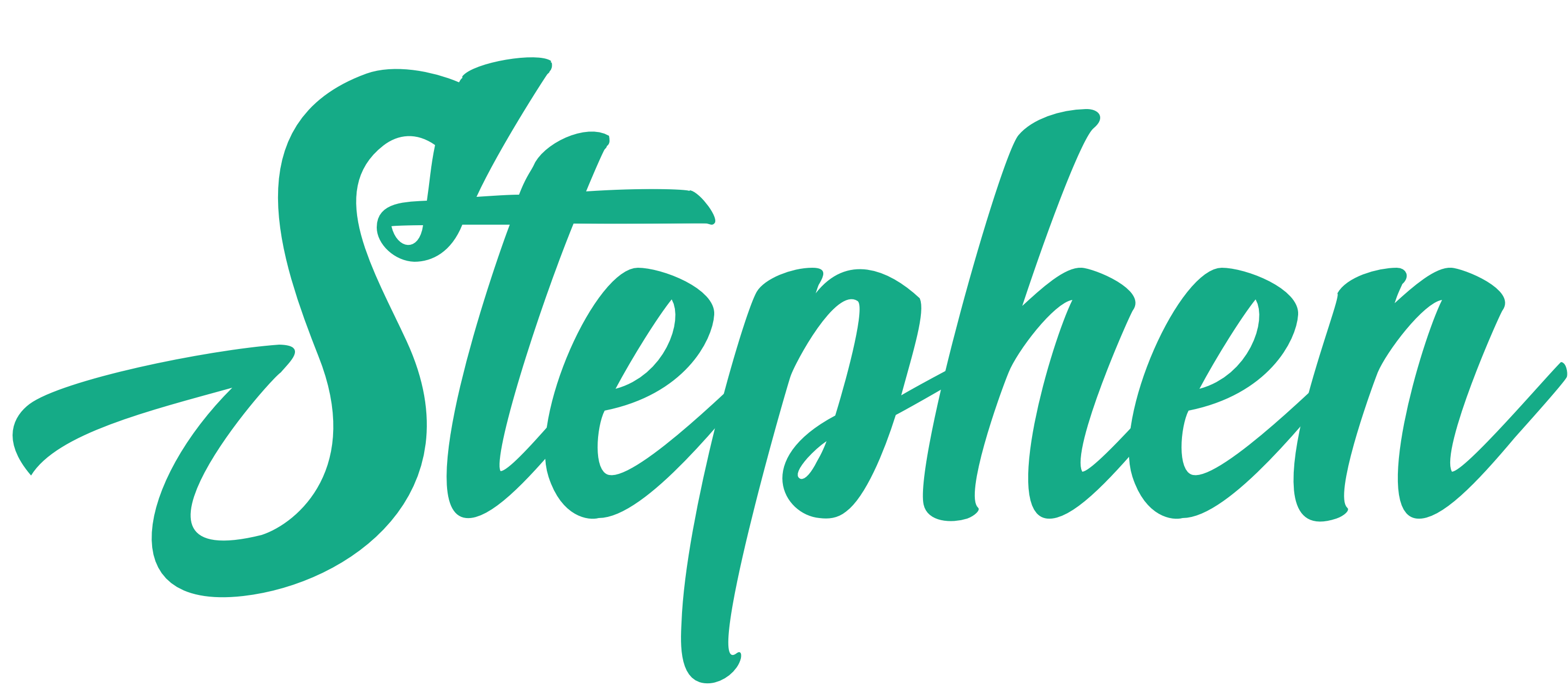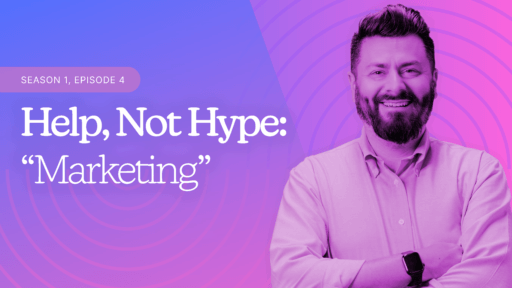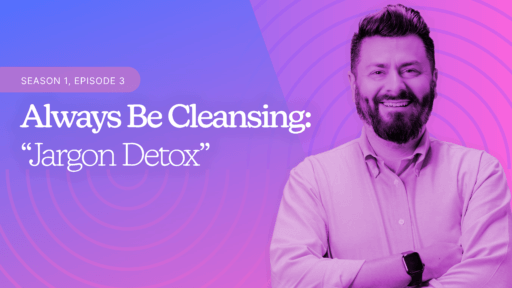“Your value proposition is not what you think you offer, but what your customer perceives they receive.”
Jim Sterne
There’s an art to taking unwanted things off your mother-in-law’s hands—move fast, or you’ll miss your chance to inherit a treadmill that may or may not destroy your living room.
It starts innocently enough—a casual conversation about her decluttering, maybe a mention of a garage sale or the local thrift store. And that’s when it happens. She mentions the treadmill. “I’m getting rid of it,” she says, “unless you want it?”
Now, some people might politely decline, imagining that they’ve just dodged a bullet.
Not me.
In my mind, this treadmill was a beacon of health, convenience, and style. I saw myself running like a gazelle through the Sahara, the wind tousling my hair in slow motion. (Okay, more like a gazelle after a bad night out, but you get the idea.) I imagined fitness at my fingertips, the sort of thing that made me not only look good, but look like I had my life together.
What my wife saw, though, was something else entirely. She saw a large, hulking piece of machinery taking over the space, promising nothing but guilt-inducing workouts that no one would actually use. To her, it was something I would drape clothes over when it inevitably failed to live up to my lofty expectations. It wasn’t convenience—it was clutter.
The treadmill and I became fast enemies. In less than two weeks, it became a coatrack.
Here’s the thing: What I thought I was offering—a healthier, more organized lifestyle—was not what she was receiving. And this is where marketing, my friends, intersects with life: What you think you’re offering is never as important as what your customer perceives they’re getting.
In marketing, we call this a value proposition, and if you’re not careful, it can end up being a treadmill in someone’s living room—an idea that sounds fantastic to you, but ends up feeling like a burden to the person you’re trying to sell it to.
The Power of Clarity
The real kicker with a value proposition is the clarity of it. You may have spent hours, weeks, or months designing the perfect product, thinking through every feature, every benefit, every bell and whistle. But none of that matters if, at the end of the day, the person on the other side has no idea why they should care.
You can’t just dump a pile of benefits in front of someone and hope they sort it out like laundry on a Sunday night. People want clarity. They want to know exactly how your product makes their life better, simpler, more exciting—or at the very least, less annoying.
Think of it like assembling furniture from a certain Scandinavian retailer. You’ve got all the pieces laid out, but if the instructions don’t make sense, you’ll end up with a desk that looks like it belongs in an abstract art exhibit.
A value proposition is your set of clear, step-by-step directions. It’s how you show your customer the why and the how of what you’re offering, without leaving them with extra screws and unanswered questions.
Aligning with Needs and Desires
It’s not just about what you want to say; it’s about what they need to hear.
That means understanding your customer’s needs, desires, and—dare I say—fears. What keeps them up at night? What makes them smile? What’s that thing they secretly Google at 2 a.m. when they think no one’s watching?
When you align your value proposition with those deeply held needs and desires, you’re not just selling a product—you’re solving a problem.
And humans, bless us, love when someone else swoops in to save us from the delightful chaos of life.
For the Marketer: Less Stress, More Success
Now, for you, the digital marketer, this clarity brings peace. I’m talking the kind of peace that comes from knowing you’re not throwing spaghetti at the wall, hoping something sticks.
A well-crafted value proposition gives you a roadmap.
Instead of crossing your fingers and hoping for the best, you can actually relax, knowing that your value proposition is doing the heavy lifting—like a parent who just got their kid down for a nap and now has 20 minutes to feel like a human again.
When the value proposition is clear, it acts as your guidepost. Every campaign, email, or social post can be held up to the light of that proposition. Does it match? Does it communicate the right message? If not, toss it out.
Clarity keeps you from chasing after every shiny marketing trend, trying to be all things to all people. Instead, you get to be exactly what your customers need.
For the Customer: A Better Experience
For the customer, this clarity is a gift. They no longer have to wade through confusing messaging or wonder why they should care about your product. Your value proposition—when done right—makes the buying decision a no-brainer.
It answers their most pressing questions: “What’s in it for me?” and “Why should I choose you over someone else?” Boom—decision made. It creates a bridge between your business and their needs.
Imagine walking into a restaurant where the menu is one sentence: “We make the best burgers in town—juicy, cooked just how you like them, with a side of fries.” Boom. Done. You know exactly what you’re getting.
Now compare that to a place where the menu reads like a novella, and you spend 15 minutes just trying to figure out if the ‘artisan flatbread’ is an appetizer or a lifestyle choice.
The Value of Value
A clear value proposition is like holding up a mirror to your customer. It says, “I see you. I understand what you want, and I’ve got just the thing to make your life better.” And the best part? When they see themselves in your product, they’re not just buying it—they’re buying into it. They’re buying into the story you’ve created, the experience you’re offering, and the value you’ve promised.
So, if you’re shouting into the void, wondering why no one’s lining up for your treadmill (literal or metaphorical), step back and ask: Is this what I think they need, or what they’re secretly Googling at 2 a.m.?






